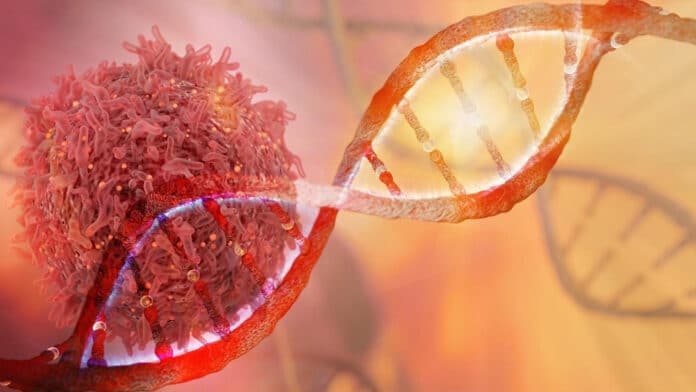A well-known protein known for stopping tumor might also be good at fighting cancer, says a recent study from Stanford Medicine. The study, done with mice in a lab, suggests that this protein, called p53, might be designed to help fix tissues and cells after they get hurt.
Laura Attradi, Ph.D., professor of radiation oncology and genetics, said, “This turns what we thought we knew about p53 on its head. We need to consider that p53’s role as a tumor suppressor may be secondary to a more basic role in repairing tissue damage.”
Attardi, a professor in the School of Medicine, at Stanford University and her team have published their research in Nature. The study, led by graduate student Alyssa Kaiser, Ph.D., explains how p53, a protein, guides a change in lung cells when damaged.
Their research shows that p53 helps a specific lung cell change into another type after tissue damage. If p53 isn’t there to help, these changing cells get stuck in a dangerous stage where they can grow uncontrollably.
These cells are like actors in a theater who never get their cue to go on stage. They’re called “plastic” cells because they divide and change without rules, like young actors trying out different roles. This behavior is a sign of early cancer development.
Attardi said, “These cells aren’t helpful. Cancer makes tumors grow; other diseases damage our tissues.”
The surprising discovery about p53, a well-known protein in cancer studies, is that it plays a big part in fixing lungs after they’re hurt. It’s famous for being a “guardian” of our DNA against cancer-causing problems. If it sees issues, it activates helpers to repair DNA or can make the cell stop dividing and even die.
Although it’s known for stopping tumors and is linked to most cancer cases, it seems like p53 also helps fix tissues. This new idea might change how we think about its role.
Researchers like Laura Attardi and her team studied mice that get lung cancer like humans. This type of cancer is a significant cause of cancer deaths globally. Many of these cancers have p53 problems, which make the outlook worse.
In the lungs, there are different cell types. Some keep the lung sacs open, while others help us breathe. When lung sacs are hurt, the cells try to fix them by changing them into suitable types.
Kaiser, Attardi, and their team studied three groups of mice. One group had regular p53, another group had no p53, and the third group had a special kind of p53 that was extra good at stopping pancreatic cancer. They called this unique p53 a “super-tumor-suppressor.”
They found that mice without p53 got more and more giant lung tumors when the cancer-causing protein was active, compared to mice with regular p53. But the mice with the super-tumor-suppressor got fewer and smaller tumors than both groups.
When they looked at the genes turned on in each group, they saw that regular p53 made genes that helped the lung cells change types more quickly. The super-tumor-suppressor did this even better.
In simple words, p53 helps cells change quickly and smoothly. It keeps them from becoming a problem. It is essential for treating lung cancer. If they can find a way to make aggressive cells change into safer ones, it might help stop the cancer.
The researchers want to learn more about how p53 helps other tissues heal and how it affects the balance of cell types during a person’s life. They also had help from other scientists in Barcelona.
In short, a study from Stanford Medicine has revealed that a well-known tumor stopper also helps fix damaged tissues. This discovery changes the tumor stopper’s job and could lead to new disease treatment methods. The researchers are excited to explore how this finding can help treat lung issues and other health problems in the future.
Journal Reference:
- Kaiser, A.M., Gatto, A., Hanson, K.J. et al. p53 governs an AT1 differentiation program in lung cancer suppression. Nature. DOI: 10.1038/s41586-023-06253-8.
